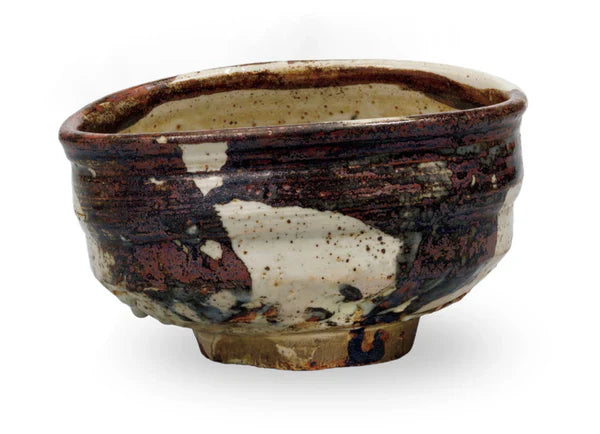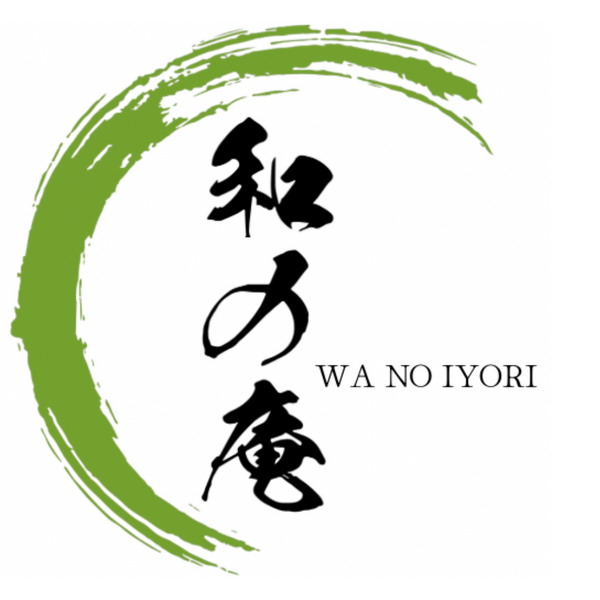
Korean Chawan: A Journey Through Styles and History
Share
Korean chawan, or *kōraimono* as they're known in Japan, hold a unique place in the world of tea ceremony. While the term *kōrai* specifically refers to the Goryeo Dynasty, it's used to describe all Korean and Korean-style chawan, primarily from the succeeding Joseon Dynasty. These bowls, arriving in Japan from the late 15th century onwards, became highly prized, reflecting the evolving aesthetic of *wabicha*. This blog post delves into the fascinating history and distinct styles of these captivating tea bowls.
From Rice Bowls to Treasured Tea Vessels: The Story of Kōrai Chawan
Initially, many Korean bowls that found favor in Japan were everyday items, often used for rice or food. The Japanese, however, saw beauty in their imperfections, embracing the concept of *mitate* – using everyday objects in the tea ceremony. This marked the beginning of *kōrai* chawan's rise to prominence.
Later, Japanese tea masters began commissioning custom-made chawan from Korean kilns, leading to the second generation of *kōrai* chawan, often called *gohon chawan*. The Japanese invasions of Korea further complicated the story, with Korean potters being brought to Japan and tasked with producing Korean-style bowls. This complex history has resulted in a fascinating overlap and sometimes confusion in the various styles. The shift from Chinese *karamono* to Korean *kōraimono* mirrored the development of *wabicha*, a movement away from the formal Chinese aesthetic toward a more rustic and modest approach.
Exploring the Diverse Styles of Korean Chawan
Let's explore some of the most significant styles of Korean chawan:
1. Ido (井戸): The Epitome of Wabi-Sabi

Ido chawan are arguably the most prized of all *kōrai* chawan. Originally used by peasants in Korea for everyday purposes, these bowls, known as *maksabal*, were considered too coarse by the Korean elite. Yet, their rustic simplicity and subtle imperfections resonated deeply with Japanese tea practitioners. Ironically, these "cheap Korean bowls" became highly sought-after treasures in Japan.
Key characteristics of Ido chawan include:
- Roughly conical shape
- *Takenofushi koudai* (bamboo node foot)
- *Rokurome* (potters' wheel marks)
- *Kairagi* (plum flower texture/crawling glaze)
- *Meato* (unglazed spots)
- *Tokin* (a point at the center of the foot)
- *Biwa-iro* (loquat color)
- *Sougusuri* (total glaze)
Ido chawan are further categorized into:
- *Ō-ido* (large Ido)
- *Ko-ido* (small Ido)
- *Ao-ido* (blue Ido)
The *Kizaemon Ido* is a particularly famous example, considered a national treasure in Japan.
2. Zōganseiji (Inlaid Celadon) - 象嵌青磁

Goryeo celadon, with its distinctive jade hue and intricate inlay patterns, reached its zenith in the 12th century. While highly prized in Korea, the elaborate designs of Goryeo celadon were not typically favored in the Japanese tea room, which leaned towards simplicity. However, some lower-quality pieces from the late Goryeo or early Joseon period, with their imperfections, did find a place in *wabicha*.
3. Gohonte (御本手): The Mark of the Potter

In modern usage, *gohonte* refers to a glaze effect – pink or white spots against a grey or beige background. This effect often appeared on *gohon chawan*, commissioned by Japanese tea masters, hence the name. Today, it's commonly seen in Hagi-yaki and Asahi-yaki.
4. Mishima (三島): A Tapestry of Patterns

Mishima refers to a slip-inlay technique. Designs are carved into the clay, filled with white slip, and then covered with a transparent glaze. Common motifs include geometric patterns and stamped flowers. Early Mishima chawan (*ko-mishima*) featured more complex designs, while later *gohon mishima* tended towards simpler patterns.
5. Hakeme (刷毛目): The Brush's Mark

Hakeme involves applying white slip with a brush, creating rough, textured strokes. Often combined with Mishima, Hakeme chawan offer a unique visual appeal.
6. Kohiki (粉引): A Powdery White

Kohiki is another slipware technique, where the entire bowl is dipped in white slip. This results in a soft, warm white finish. Kohiki chawan are known for developing a rich patina over time as tea seeps into the porous glaze.
7. Irabo (伊羅保): Rustic Charm

Irabo chawan, made specifically for the tea ceremony, feature a thin, iron-rich glaze over a coarse clay body. They are prized for their rough texture and irregular ochre color.
8. Goshomaru (御所丸): A Unique Shape

Goshomaru chawan are a rare and intriguing style, characterized by their *kutsu-gata* (clog-shaped) form and polygonal foot. Their unique shape and design suggest a Japanese influence.
The Legacy of Korean Chawan
Korean chawan represent a fascinating intersection of cultures and aesthetics. Their journey from everyday bowls to treasured tea vessels highlights the Japanese appreciation for simplicity and imperfection. These bowls continue to captivate tea practitioners and collectors alike, embodying the spirit of *wabicha* and the enduring beauty of Korean craftsmanship. The subtle nuances of each style, from the rustic charm of Ido to the unique form of Goshomaru, offer a glimpse into the rich history and artistic dialogue between Korea and Japan. Exploring these chawan is not just about appreciating beautiful objects; it's about understanding the evolution of taste, the power of cultural exchange, and the enduring appeal of wabi-sabi aesthetics.
